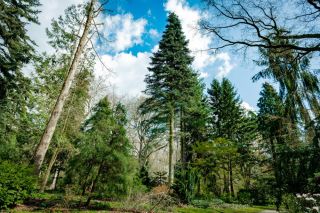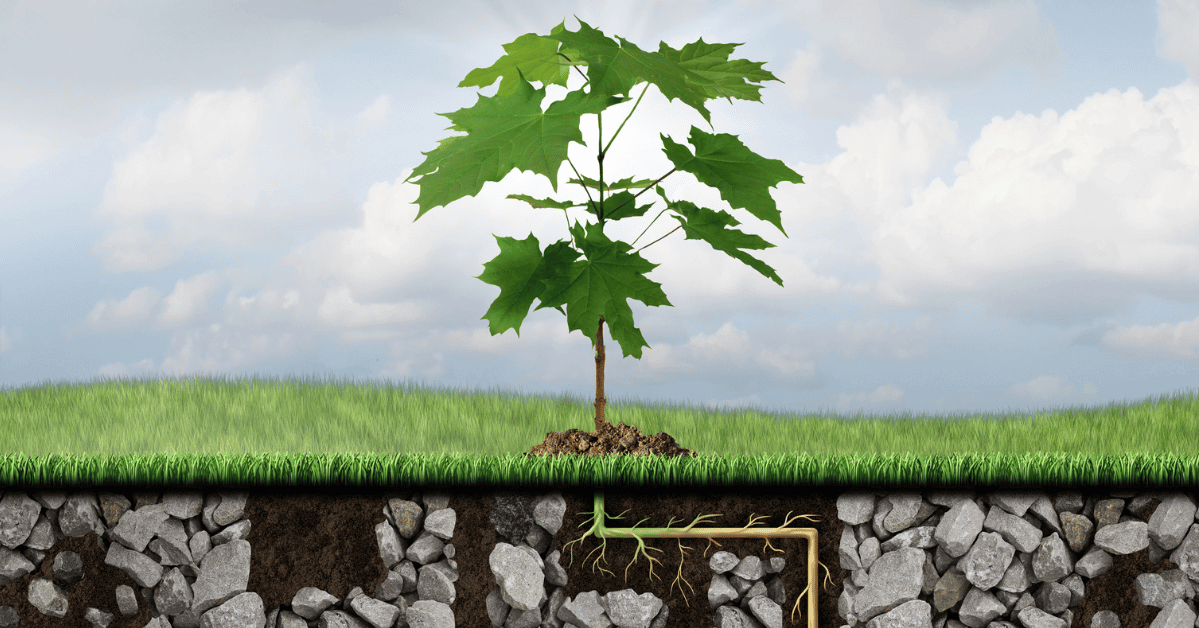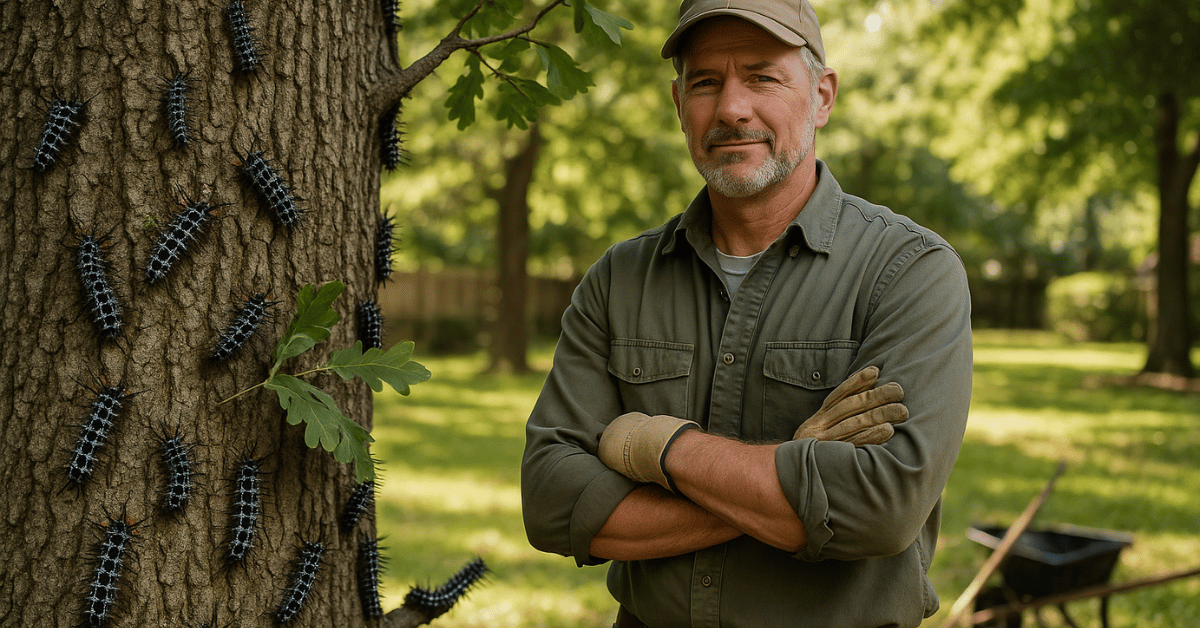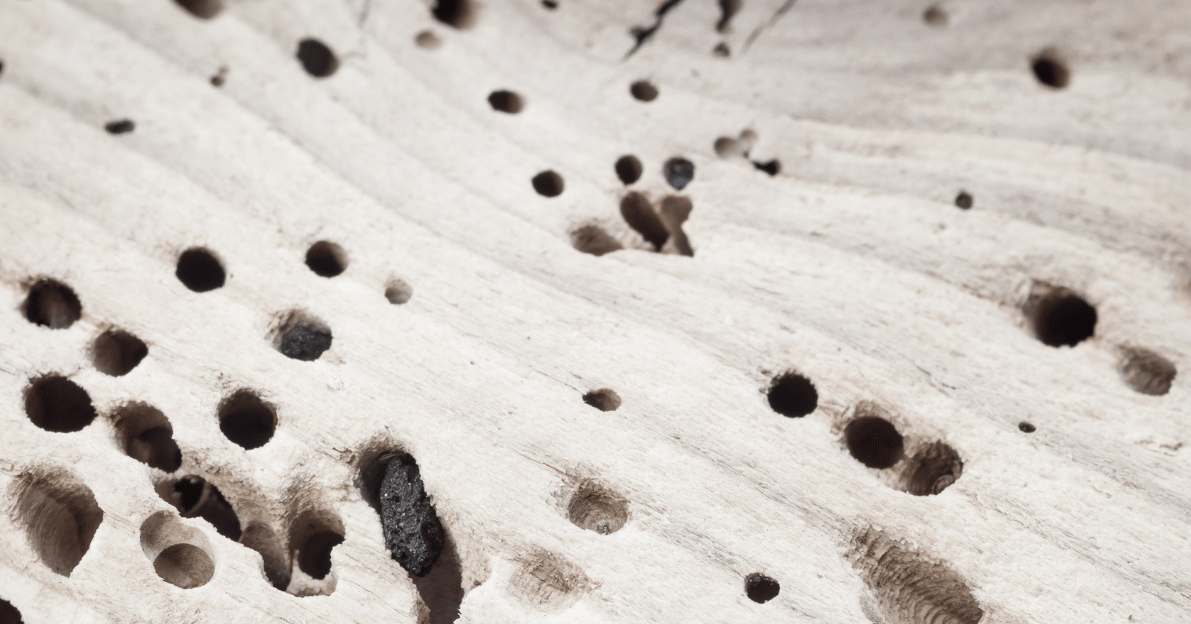Glossary of Terms
- Adventitious Buds – Buds that develop in unusual locations, often in response to stress or injury. These buds can lead to new growth that may require management.
- Arborist – A highly trained and certified professional specializing in the comprehensive care of trees. Arborists apply scientific principles and practical techniques to plant, maintain, and remove trees as needed. Their expertise includes diagnosing diseases, addressing structural weaknesses, and mitigating environmental stressors to promote long-term tree vitality and harmonious integration into the landscape.
- Branch Bark Ridge – The raised, often visible line of bark where a branch and the trunk meet. This natural feature helps protect the tree by forming a barrier against decay and is an essential reference point for proper pruning cuts.
- Branch Collar – The swollen area at the base of a branch that provides structural support and aids in the tree’s healing process after pruning.
- Callus Roll – The rolled edges of callus tissue that form around a wound, contributing to the development of protective woundwood.
- Callus Tissue – Undifferentiated cells that develop around tree wounds as part of the healing process. Over time, these cells mature into protective woundwood, safeguarding the tree from infection and further damage.
- Cambial Dieback – The death of the cambium layer, often caused by injury, environmental stress, or disease. This condition can severely impact a tree’s health.
- Cambium – A thin layer of living tissue located between the bark and wood. This critical growth layer produces new cells for both the inner wood (xylem) and outer bark (phloem), enabling the tree to grow and heal wounds.
- Central Leader – The primary vertical stem that guides the tree’s structure and growth. A strong central leader promotes stability and ensures an even, symmetrical form, particularly in young trees.
- Co-dominant Stems – Two or more main stems of similar size and vigor growing from the same location. These stems can lead to structural instability as they compete for dominance, often requiring corrective pruning.
- Coppicing – A traditional forestry technique where trees are periodically cut back near ground level. This encourages vigorous new growth from the base, often used for sustainable wood production or habitat management.
- Crown or Canopy – The uppermost part of a tree, comprising all its branches, leaves, and foliage. The canopy is essential for photosynthesis, shading, and habitat, contributing significantly to the tree’s overall health.
- Crown Cleaning – The selective removal of dead, dying, diseased, or weak branches from the canopy. This practice enhances the tree’s structural integrity, safety, and aesthetic appeal.
- Crown Raising – The removal of lower branches to increase clearance for pedestrians, vehicles, or structures. This practice is common in urban and landscaped areas to balance functionality with tree health.
- Crown Reduction – A precise pruning technique that reduces the overall size of the tree’s canopy while preserving its natural shape. Crown reduction is typically used to prevent interference with structures or utilities.
- Crown Thinning – The strategic removal of select branches within the canopy to improve light penetration, airflow, and structural balance. This technique minimizes wind resistance and enhances the tree’s health and resilience.
- Decay Fungi – Fungi that decompose wood tissue, often causing structural weakness in trees. They play a natural role in ecosystems but can be problematic in managed landscapes.
- Dripline – The ground area directly beneath the outermost edges of a tree’s canopy. This is where water from rain naturally drips, marking the extent of the tree’s root system.
- Epicormic Sprouts – Vigorous shoots that emerge from dormant buds on the trunk or branches, often as a response to stress or injury. While they can indicate recovery, excessive sprouts may require management to prevent structural issues.
- Erosion Control – The use of tree roots and vegetation to stabilize soil and prevent erosion. This practice is particularly important in riparian areas and on slopes.
- Flush Cut – An improper pruning cut made flush with the trunk or parent limb. This practice removes the branch collar, impeding the tree’s natural healing process and increasing the risk of decay.
- Formative Pruning – The early shaping of young trees to establish a strong, stable structure and address potential defects. Proper formative pruning helps ensure long-term health and safety.
- Girdling Root – A root that encircles part of the tree trunk or other roots, restricting nutrient and water flow. Left uncorrected, girdling roots can weaken or even kill the tree.
- Heartwood – The dense, inner wood of a tree that provides core structural support. Though non-living, heartwood resists decay and strengthens the tree’s foundation.
- Included Bark – Bark that grows between two stems or branches at a narrow angle, creating a weak union. This structural issue can lead to branch failure if not addressed.
- Integrated Pest Management (IPM) – A comprehensive approach to managing pests and diseases using a combination of biological, cultural, and mechanical strategies. IPM minimizes pesticide use and prioritizes ecological balance.
- Lion Tailing – An improper pruning technique that removes excessive interior branches, leaving foliage only at the branch ends. This weakens the tree’s structure and increases susceptibility to wind damage.
- Lot Clearing – The complete removal of trees, stumps, and vegetation from a designated area. This process prepares land for construction, landscaping, or other development projects.
- Mycorrhizae – Symbiotic relationships between tree roots and fungi that enhance nutrient and water absorption. These partnerships are vital for soil health and tree growth.
- Node – The point on a stem or branch where leaves, buds, or additional stems originate. Nodes are key growth points that influence the tree’s overall development.
- Photosynthesis – The process by which trees and other plants convert light energy, carbon dioxide, and water into oxygen and glucose. This vital function fuels tree growth and supports life on Earth.
- Pollard – A pruning practice where the top of a young tree is removed at a specific height, encouraging dense branching from the cut point. Traditionally used for wood production, pollarding also helps control tree size.
- Root Flare – The flared base of a tree trunk where it transitions into the root system. Proper exposure of the root flare is essential for stability and overall health.
- Root Girdling – The condition where roots grow around the base of a tree, constricting water and nutrient flow. This often leads to decline if not addressed.
- Scaffold Branches – Major limbs that form the framework of a tree’s canopy. These branches are critical to the tree’s structural integrity and require careful management during pruning.
- Stump Grinding – The process of removing tree stumps by grinding them into small chips. Stump grinding clears the area for replanting or landscaping.
- Subordination – A pruning technique that reduces the size and growth rate of a branch to support the dominance of the central leader or a stronger adjacent branch.
- Sucker Growth – Vigorous shoots emerging from the root system or lower trunk. Suckers can divert energy from the tree and are often removed to maintain health.
- Target Pruning – A precise pruning method that focuses on making cuts at the branch collar, minimizing damage and promoting healthy regrowth.
- Thigmomorphogenesis – The physiological changes in trees and plants caused by mechanical stimuli, such as wind or touch. This natural response influences growth patterns and structural strength.
- Tree Bracing – The installation of rods or braces to stabilize a tree’s structure, particularly in branches or trunks that show signs of weakness.
- Tree Cabling – The use of flexible steel cables to provide additional support to a tree’s branches or trunk, reducing the risk of breakage during storms or heavy winds.
- Tree Pollard – A drastic pruning method involving the removal of all green growth and foliage. Pollarding is often used to control tree size or stimulate dense regrowth.
- Tree Pruning – The selective removal of branches to improve tree health, structure, and aesthetics. Techniques include thinning, raising, and crown reduction.
- Tree Risk Assessment – A detailed evaluation of a tree’s condition to identify potential hazards. This assessment informs decisions on maintenance, pruning, or removal.
- Tree Shaping – The practice of pruning branches to create a specific form or aesthetic, often used in formal landscaping.
- Understory – The layer of vegetation beneath the main canopy of a tree, including shrubs and smaller plants. The understory plays a key role in forest ecology.
- Vista Pruning – Selective pruning designed to create or enhance specific views while maintaining the tree’s health and aesthetic integrity.
- Woundwood – Specialized tissue that forms around tree wounds to seal and protect against decay. Woundwood is a vital component of a tree’s natural healing process.
- Xylem – The vascular tissue in trees responsible for transporting water and nutrients from the roots to the leaves. Xylem also contributes to the tree’s structural support.
A Commitment to Education and Excellence
This glossary reflects Strobert Tree Services’ commitment to supporting the field of arboriculture and promoting a deeper understanding of tree care. By sharing this knowledge, we hope to educate our community, inspire future generations of arborists, and contribute to the health of our natural environment. Each definition is a small step toward a future where trees thrive and their vital role in our ecosystem is appreciated by all.
For more information or to explore our professional tree care services, contact Strobert Tree Services today. Our expertise ensures that your trees receive the best care possible, safeguarding their health, beauty, and longevity—and supporting the environment we all share.











